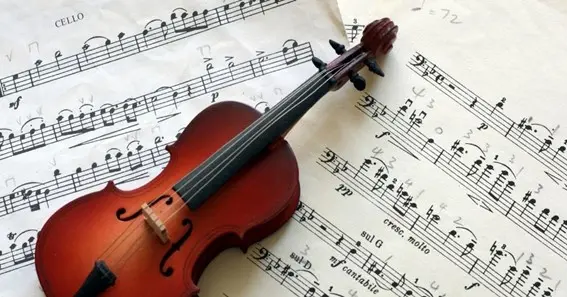Introduction:
When preparing for recording sessions, cellists often rely on studio charts to stay organized and perform with precision. But what does a studio chart for cello look like? These charts serve as a roadmap for musicians, helping them navigate complex pieces with details on chord progressions, finger placements, rhythm, and sometimes full musical notation. Whether you’re a seasoned cellist or a beginner, understanding how to use a studio chart can significantly improve your performance during rehearsals and recordings.
Key Components of a Studio Chart for Cello:
- Chord Progressions: In simpler pieces, studio charts may contain just chord symbols (e.g., C, G, Am). This provides the harmonic structure, especially when cellists are accompanying or playing with other instruments.
- Finger Placements: These charts often include indicators for finger positions on the cello’s fingerboard. Numbers represent which finger to use for each note, guiding cellists on accurate intonation and smooth shifting between notes.
- Rhythm Markings: Rhythm is essential in a recording setting, and many studio charts include markings to show the duration of each chord or note. This ensures the cellist stays in sync with the other instruments during recording.
- Nashville Number System: Frequently used in studios, this system replaces traditional chord names with numbers that represent their position within a scale. This allows cellists to easily adapt a piece to any key without rewriting the entire chart.
- Notation and Dynamics: In more complex pieces, the chart may contain full musical notation, along with dynamics like crescendos or staccatos, ensuring precision in both technique and expression.
Visual Design of a Studio Chart:
Studio charts are often laid out in a grid, with each row representing a different aspect of the music, such as scales, arpeggios, or specific pieces. Some charts also include color-coded sections for clarity, or use digital formats that allow musicians to track progress on tablets.
FAQ
- What is a studio chart for cello?
A studio chart for cello is a tool used in recording sessions to provide details like chord progressions, finger placements, rhythm, and sometimes full musical notation. - How is a studio chart different from regular sheet music?
Unlike sheet music, which includes every note and rhythm, studio charts often simplify information to focus on chord progressions and key finger placements, allowing for quicker adaptation. - What is the Nashville Number System?
The Nashville Number System uses numbers to represent chords in a key, allowing musicians to play in any key without changing the chart. - What are finger placements on a cello chart?
Finger placements are indicated by numbers that show where to position your fingers on the fingerboard for each note, helping with accuracy and smooth transitions. - Why use a studio chart for cello?
Studio charts help cellists stay organized, ensuring they cover all necessary elements during practice or recording sessions. They make it easier to navigate complex pieces and maintain consistency. -
Can Studio Charts Be Customized?
Yes, cello studio charts can be tailored to the needs of individual students, accommodating their skill levels, specific technical challenges, and performance goals.
Studio charts are an indispensable tool for cellists, whether they are preparing for a concert, recording session, or practice. By focusing on key elements like chord progressions, rhythm, and finger placements, these charts ensure accuracy and save time during rehearsals.










